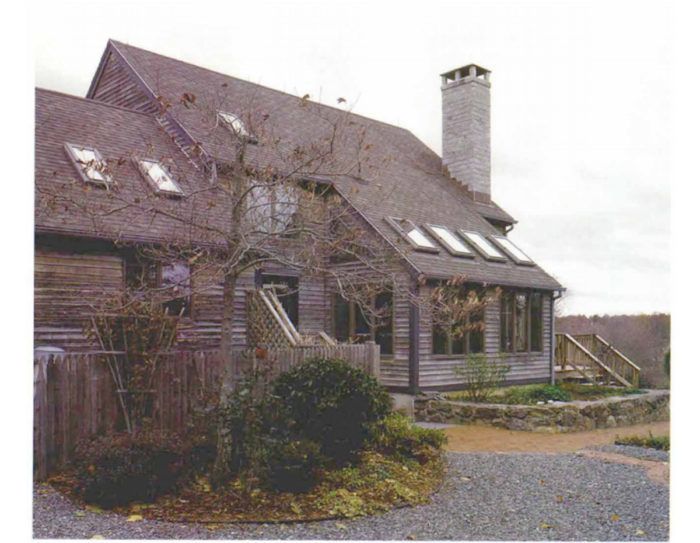Shedding Light on Skylights
New options in glazing, sizes and flashing systems can have you scratching your head when trying to choose the right skylight.

Synopsis: This is a survey of what skylight manufacturers have to offer. The author discusses types of glazing, available sizes, and various flashing methods to keep the water out.
After 10 years my wife and I had almost gotten used to the dark, windowless crypt that served as our bathroom. There wasn’t enough money in our original budget for a bathroom skylight, so we added it to our wish list, somewhere in between a new microwave and a garage. But after finding the right skylight at a sale, we moved the project up the list.
Using an old table lamp without a shade for light, I cut the hole in the ceiling and did the necessary framing alterations in the dim and dusty roof cavity. Then, on a steamy July morning, I stripped the roof shingles back and blasted through the sheathing, plunge-cutting with my sidewinder.
When I lifted out the rectangle of sheathing, a blast of air from inside the house blew sawdust everywhere. The change in the bathroom was dramatic. Even without the chase closed in, the bathroom went from dreary to cheery as sunlight flooded in. A refreshing, gentle breeze wafted through the room as the natural convection currents inside the house kicked in.
To vent or not to vent
Besides letting in light, our bathroom skylight was a way to get rid of excess moisture. One of the first things skylight buyers should consider is where the skylight will be going and if it will be needed for ventilation. If the skylight is going into a kitchen or a bathroom as ours was, a venting skylight is a wise choice. Even with exhaust fans and range hoods, a skylight can provide a quick alternate escape route for the excess moisture and warm air that these areas are likely to encounter.
Nearly every residential-skylight manufacturer offers the choice between skylights that open to provide ventilation and skylights that are fixed, or non-opening. Bart Mosser, vice president of Wasco, told me that Wasco’s fixed residential skylights typically outsell their operating skylights almost 3-to-l, probably because operating skylights almost always carry a bigger price tag.
Skylights in high-moisture areas such as bathrooms and kitchens are more likely to suffer condensation than skylights in other areas. Because venting skylights open to allow moist air to escape, they are best-suited for these high-moisture areas. If the condensation is heavy enough, it can run down the glass, over the skylight frame and down the skylight chase, damaging everything in its path.
Many manufacturers include condensation gutters on their skylights to catch and to collect condensation as it runs off the glass. If you are putting a skylight in an area likely to see a lot of moisture, make sure the skylight you choose has these gutters.
For more photos, drawings, and details, click the View PDF button below:
Fine Homebuilding Recommended Products
Fine Homebuilding receives a commission for items purchased through links on this site, including Amazon Associates and other affiliate advertising programs.

Peel & Stick Underlayment

Flashing Boot

A Field Guide to American Houses


























